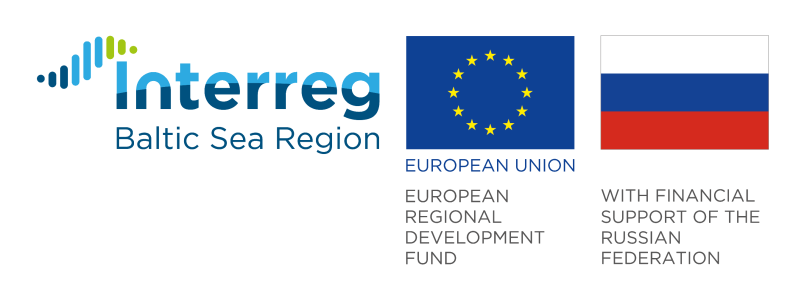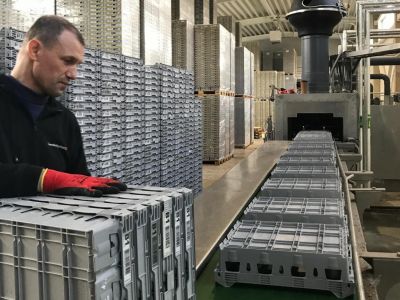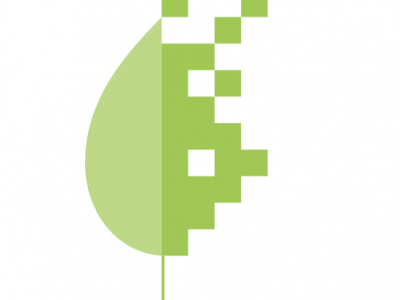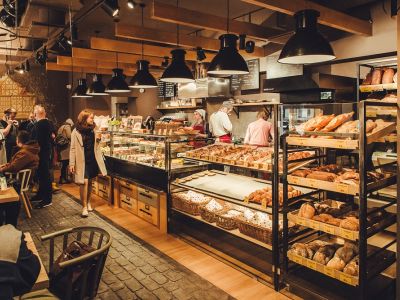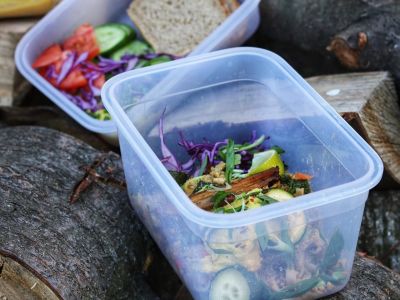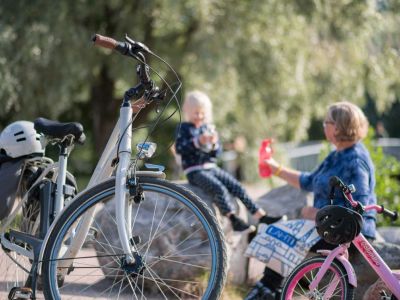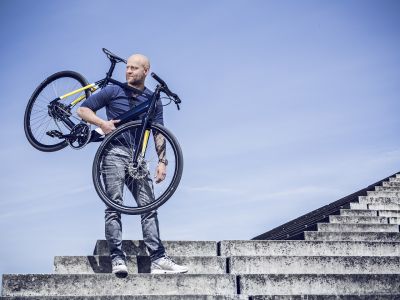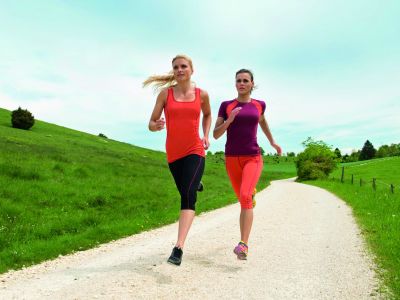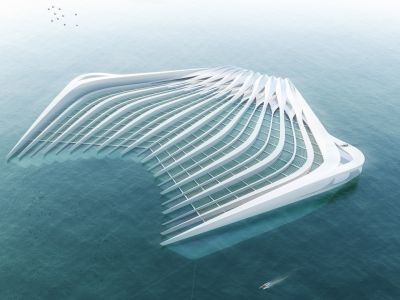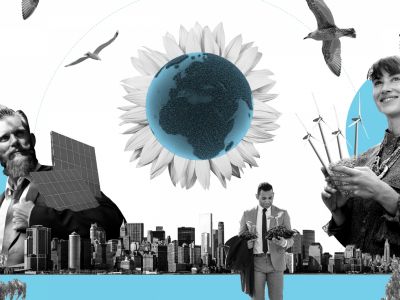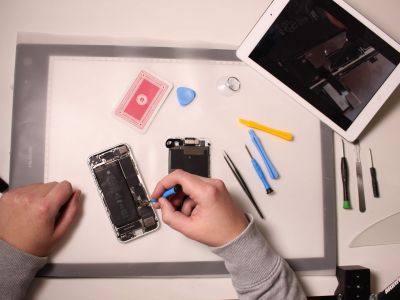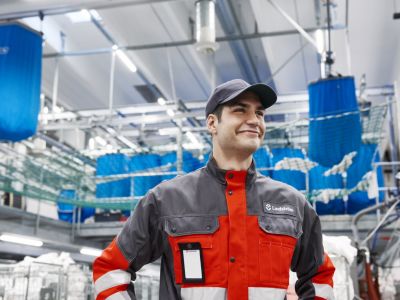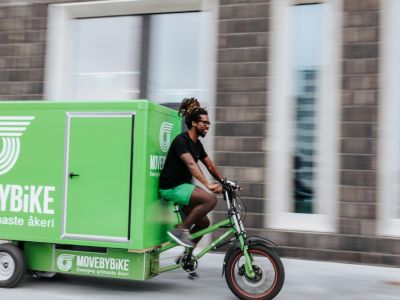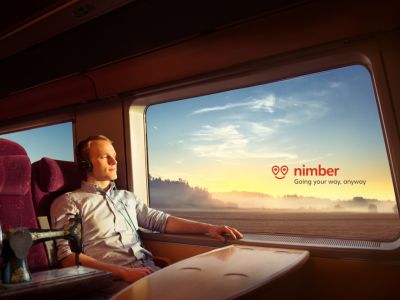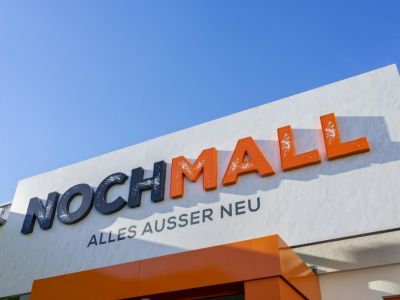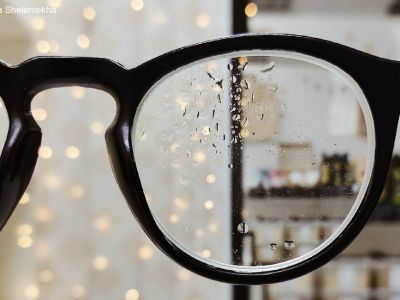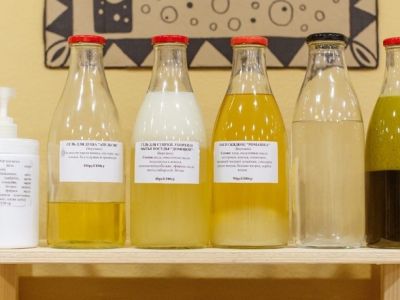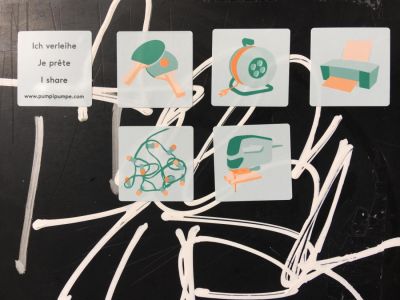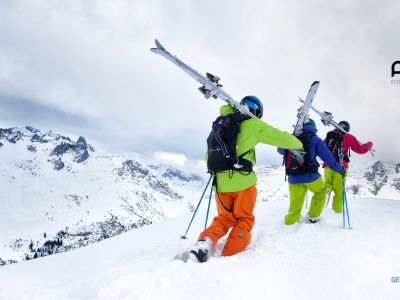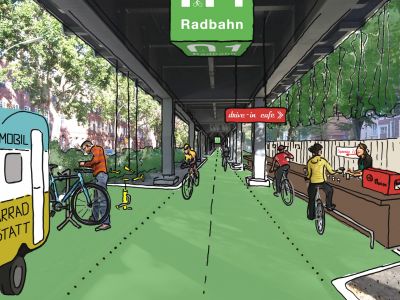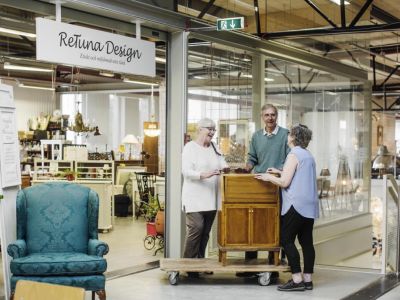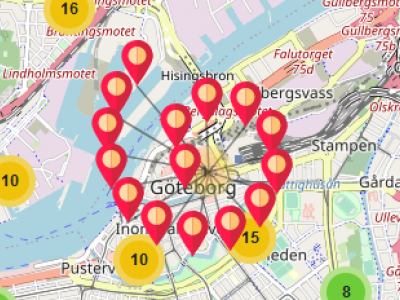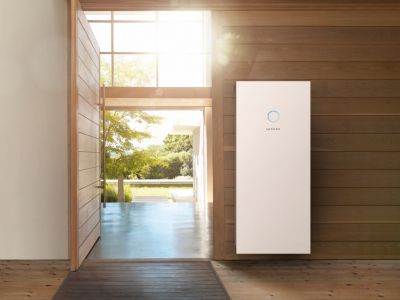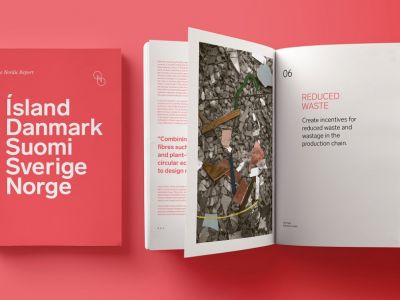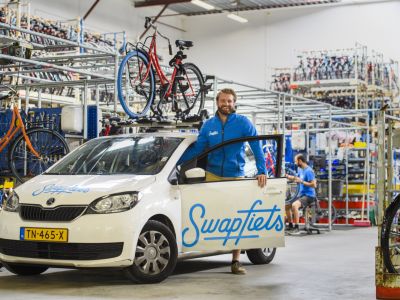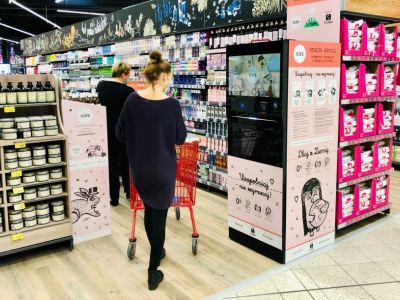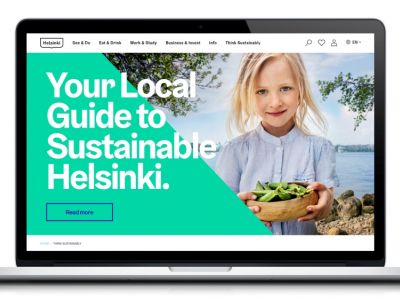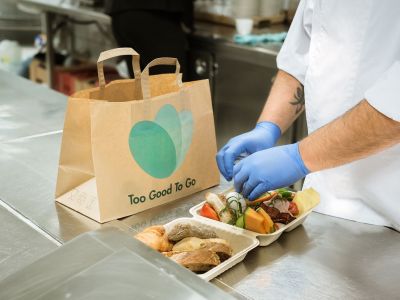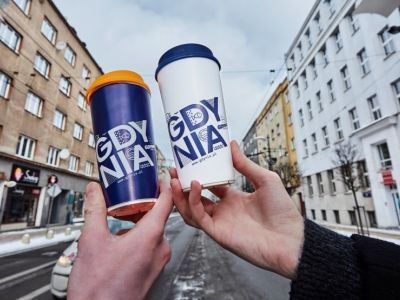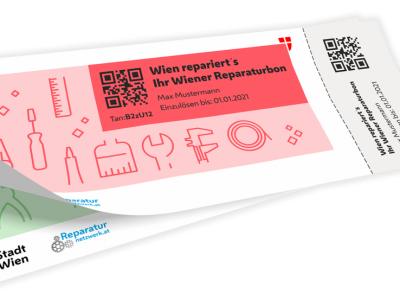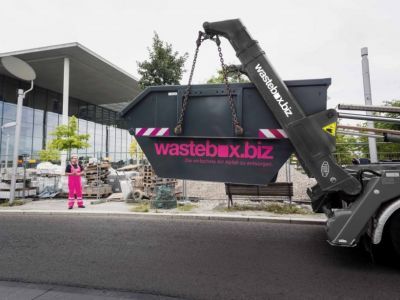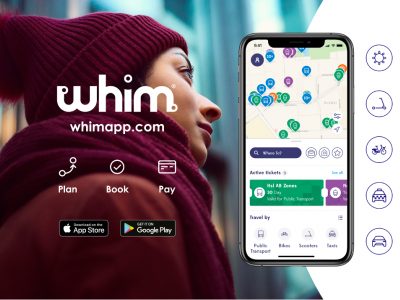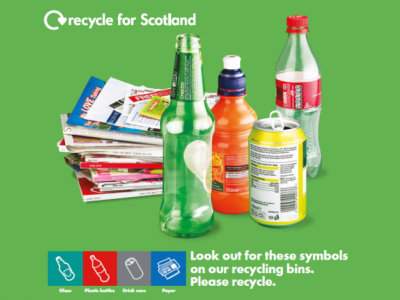![]() Concept
Concept ![]() Germany
Germany ![]() Move & Travel
Move & Travel
![]() Go To Website
Go To Website
Picture on top: Radbahn Berlin / German Ecodesign Award
When people choose to ride their bicycles and leave their cars at home or even get rid of their cars altogether, particulate matter pollution decreases and the city becomes quieter and prettier. A bold concept suggests building the first roofed cycle path along the U1 underground line in Berlin - RADBAHN.
The U1 line in Berlin has long become famous and not only because of the musical “Linie 1”. 120 years ago, this elevated railway represented a bold innovation. And the idea of entrepreneur Martti Mela and cultural manager Simon Wöhr to create Berlin's first roofed cycle path alongside this line sounds just as bold. It is envisioned as a “green belt”, improving the quality of life of the neighbourhoods bordering it. The idea may sound slightly utopian, but actually, it isn’t – even though the planning for the seven designated sections do require extensive measures, rethinking and courage to implement.
The U1 cycle track is supposed to be integrated into structural conditions and existing traffic management systems. It will use open source technology, offer a high level of safety for cyclists and ideally, will motivate people to switch to bicycles. It will play a part in reducing particulate matter pollution and will inspire new ideas within urban development – and this is not mere wishful thinking, it is not impossible for the U1 cycle track to fulfil all of these expectations. The city of Copenhagen serves as a model.:
... “With a few clever interventions, a sustainable and bustling transit-, microeconomic- and social zone could soon be created where today, cars are parked.”...
The idea was born in 2014 and, after further refinement, was made public one year later, finding many supporters on social media.
... “Of course, there were doubts, concerns, and objections in the beginning, which is normal with these kinds of projects, but we listened and took up suggestions and objections and included them into our planning as the project proceeded,”...
says Simon Wöhr, one of the two designers of the U1 cycle track. The second one, Martti Mela, also accompanied and worked on the project, but at this point isn’t involved anymore.
... “We looked at traffic planning, did surveying, looked for solutions that worked for difficult terrain and advanced the idea step by step.”...
The cycle track project has been developed further by the "paper planes e.V.“ association since 2016. In 2017, a study of potential was published, which provides answers to questions relating to traffic planning, intersections, car traffic, elevated railway stations and roofing.
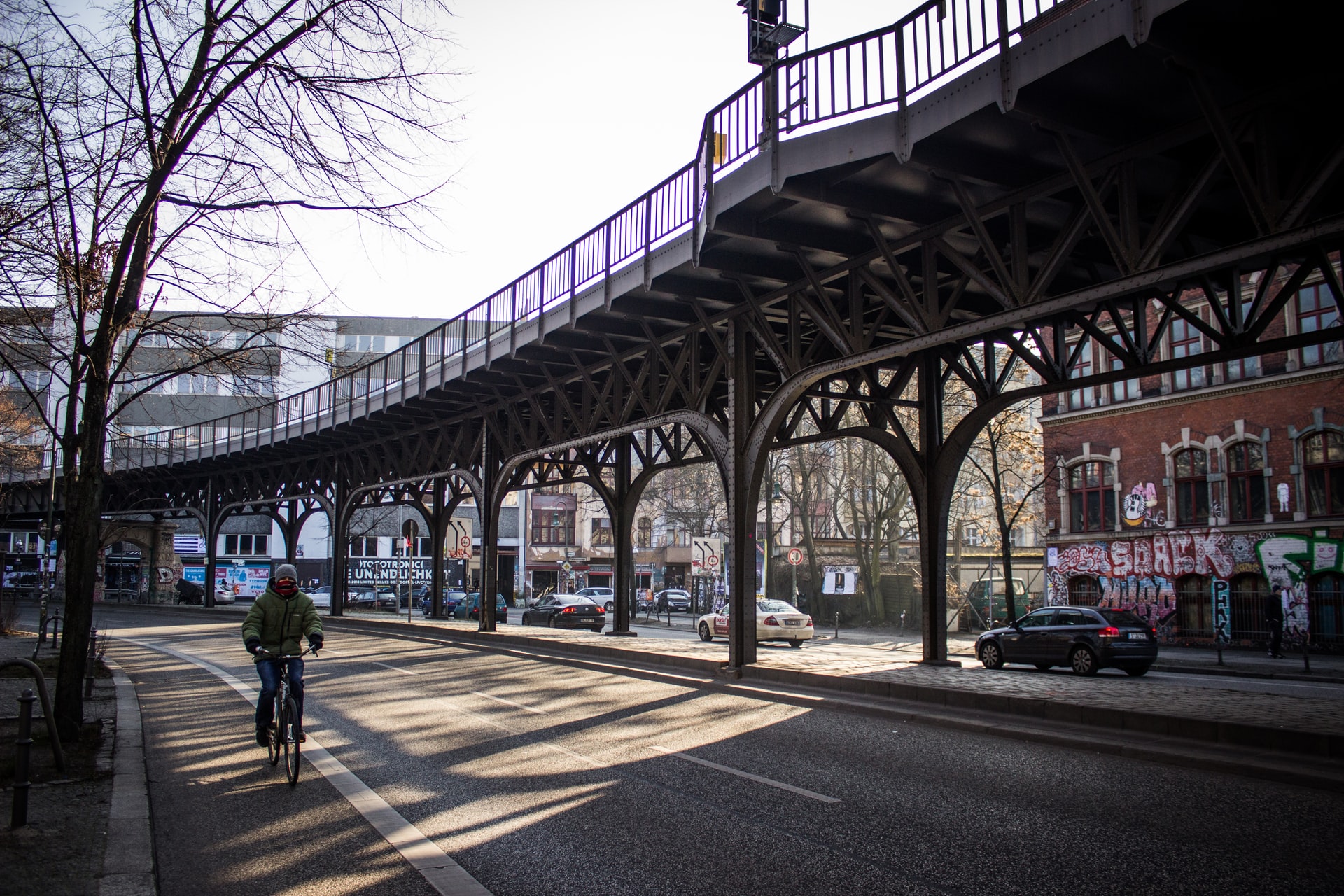
Picture by Alice Castiglione on unsplash
The next step is to commission a feasibility study for the construction of the track. Then, the goal is to actually build a test track between Bülowstraße and Möckernbrücke. “paper planes e.V.” presented a book in 2018 providing answers and offering possible solutions to many questions
The feasibility report is supported and commissioned by the Senate of Berlin.
... “We want to answer the question: under what circumstances is the project implementable? So at the same time, this means we’re beyond asking the question whether the project is implementable at all.” ...
This is good news for Simon Wöhr and the team of seven working on the project. A lot of passion and work have gone into it and most of it happens on a voluntary basis. Simon Wöhr explains the source of his own passion like this:
... “It's my genuine wish that everybody may be able to move around safely in the city on a bike. And it’s a sign of respect to create this kind of infrastructure for people. I would love for my daughter to be able to ride around on her bike safely when she is eight or nine years old.” ...
All planned seven sections of the track are visualized in detail on the project website.
Only three percent of traffic areas in Berlin are designated for cyclists, whereas 60 percent are for cars ...
... according to the “Agentur für clevere Städte” (Agency for for smart cities). Or if you compare Copenhagen to Berlin, for example, 46 percent of transport routes in the city were used by cyclists already ten years ago, whereas in Berlin, this figure was at only 13 percent. Meanwhile, this number has increased. However cars are still the number one means of transportation – even though Berlin, with its many green spaces, has always been a very attractive city for pedestrians.
The plan is to develop a 150 to 200 metre long test track between Kottbusser Tor and Schlesisches Tor in 2020. Simon Wöhr calls it a “Real-World Laboratory”.
... “We want to demonstrate what it could actually look like. We want to test specific components of this infrastructure-to-be, and we want to organize events as well as ask local residents for their opinion.” ...
In order to turn this vision into a reality, many cooperation partners, many discussions, many calculations and many considerations are necessary.
... “The track is a great idea, but also difficult terrain at the same time. I’m positive that people will generally appreciate the good parts and benefits of the project. Especially as we address and talk about concerns and fears at every stage of development in an open manner. Some people are worried about gentrification, for example. We need to talk about these things and make the point that actually, the track is about the contrary of gentrification. The cycling track will be there for everyone to use, not only cyclists.” ...
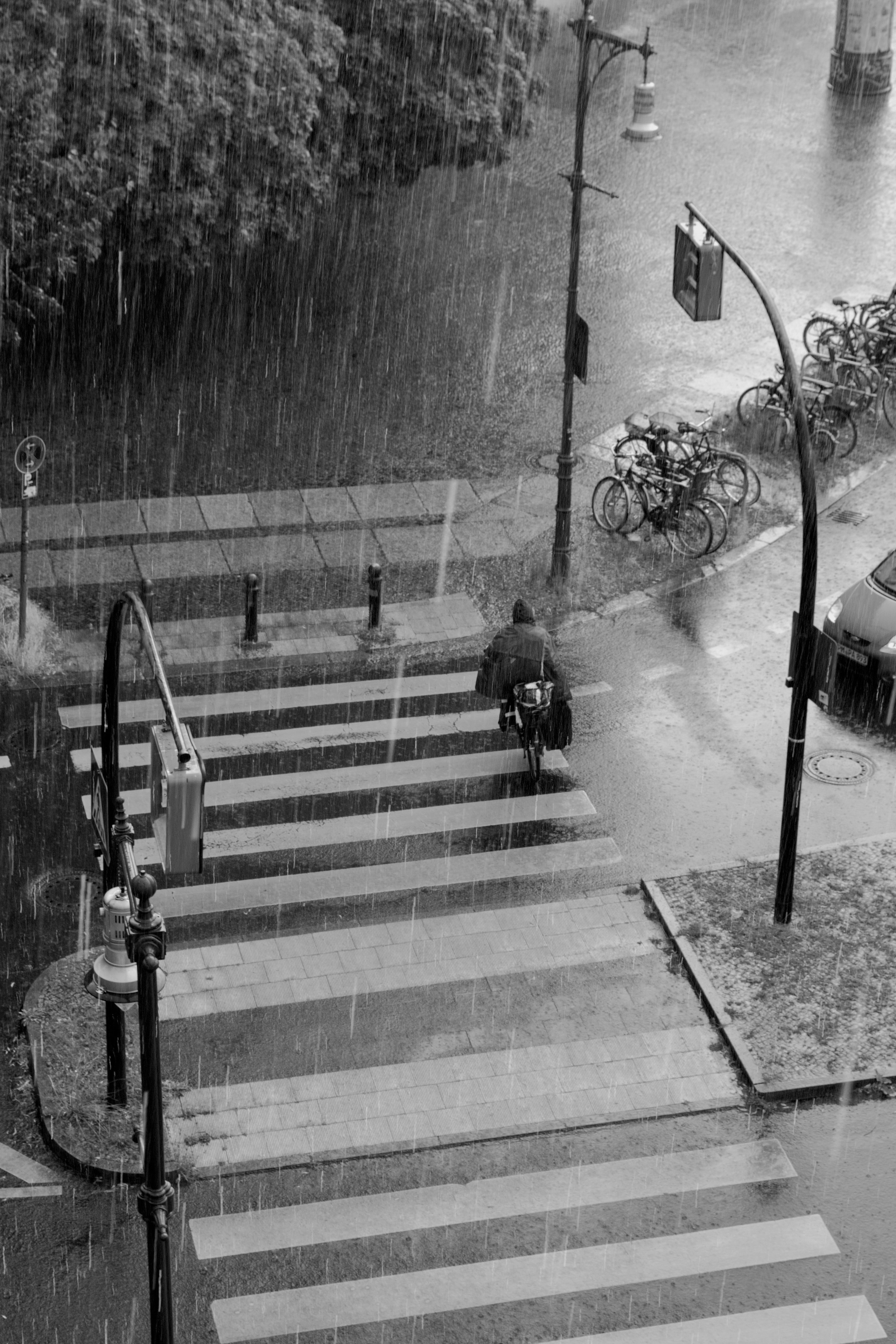
Why not use an existing roofed path instead? - Picture by Murat Tost on unsplash
The idea was awarded the German Ecodesign Award when it was still at its very beginning.
This was in 2015 and nobody could have said then whether there would really be enough supporters and whether spirits would stay high enough to follow through with the idea.
... “We were all the more pleased about the prize and the acknowledgement coming from a recognised federal institution. And of course, the award helped us – we were covered in the media and the public took notice. As we were looking for support, those aspects were, of course, essential to us.” ...
The U1 cycle track concept includes wide-ranging ideas on how the route could be used. It could create more green areas (saving CO2), it could improve the walking experience for pedestrians or it could be used by small businesses. It stands for less noise and a more attractive infrastructure. Again, things might still sound utopian at this point. But that also counts for the elevated train track at the time it only existed on paper. Simon Wöhr believes that the U1 cycle track has the potential to become another one of Berlin's landmarks. A landmark which focuses on people and the environment, and for those reasons, one that could prevail.
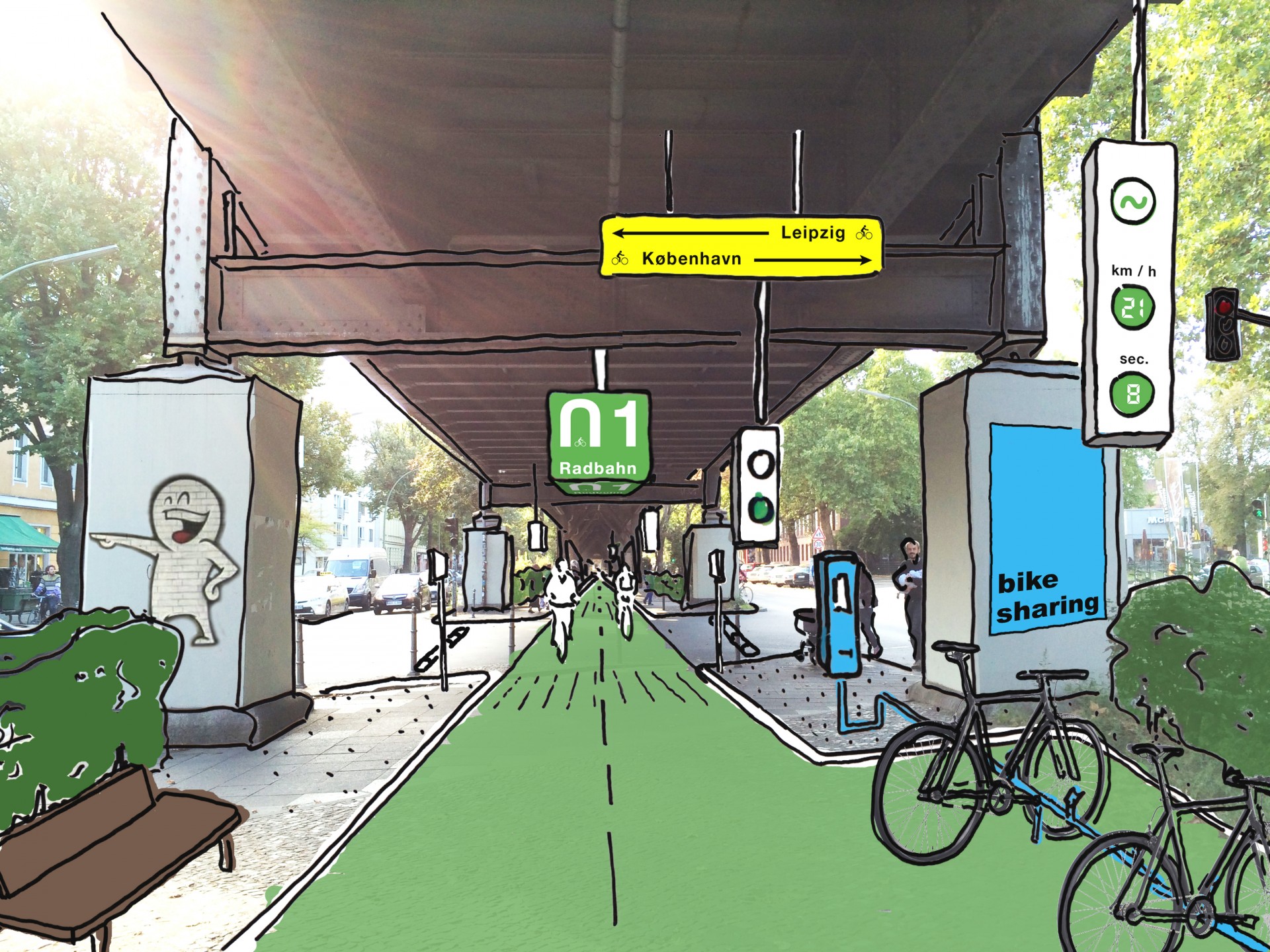 picture: Radbahn Berlin / German Ecodesign Award
picture: Radbahn Berlin / German Ecodesign Award
WHO AND WHAT?

Under the patronage of paper planes e.V., an association founded in 2016 whose purpose is to explore potentials of urban spaces, the cycle track project developed and thrived conceptually thanks to the great commitment of the association members. In 2019, the follow-up project of Reallabor Radbahn gUG, received a funding commitment from the federal government and the state of Berlin as part of the federal programme "National Projects of Urban Development". Reallabor Radbahn wants to symbolise the cycle track project, the test field is virtually the zoom view of a section of the cycle track.
THE INITIAL PROBLEM

Despite the mobility law in force since summer 2019, which provides for the expansion of the cycle lane network, car traffic currently predominates in Berlin. The city plans to increase the share of cycling to 20% by 2025, which could even be increased to 40% according to paperplans e.V.. However, there is currently a lack of attractive and safe cycle tracks.
THE MOTTO

Re-use forgotten public space to create places that connect people, neighbourhoods and cycle paths.
THE IDEA
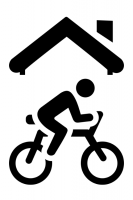
To build Berlin's first largely covered cycle path along the U1 line, create safe cycle paths and parking spaces, improve the quality of life for pedestrians along the elevated railway, revitalise the central strip.
THE BENEFITS
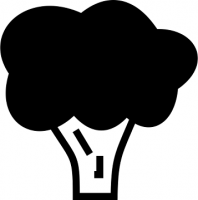
Getting more people on their bikes, setting up small businesses, more green spaces in the city, less car traffic and fine dust pollution, save CO2, calm hotspots of the car traffic, promote art in public spaces..
THE HISTORY

Martti Mela developed the idea in 2014, worked it out together with others and found many supporters with the concept. In the summer of 2016 the association "paper planes e.V." was founded to further develop the project together with others. In 2018 the study "Radbahn Berlin" was published. In 2019 the follow-up project received funding from the Federal Ministry of the Interior and the Berlin Senate Department for Urban Development and Housing.
THE AWARD
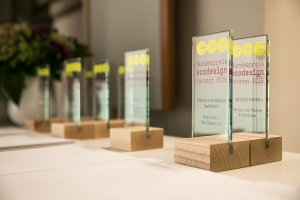
In 2015, the idea received the German Ecodesign Award in the product category. The jury wrote: “This project is a model example of how to recognise new potential in existing but untapped resources in urban areas, and how to integrate this into an eco-friendly overall approach. Radbahn U1 takes up a discourse on the appeal of cycling in urban traffic. In terms of ideas, this route is particularly necessary in Berlin.”
A FEW NUMBERS
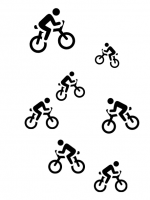
11 people now belong to the paper planes e.V. team, 4 of whom are permanent members of the follow-up project Reallabor Radbahn. A total of 9 people work in this project. The route along the U1 is divided into seven sections, each of which has its own implementation concept. 18% of all journeys in Berlin are now (March 2021) made by bicycle - five percentage points more than in the previous year. The follow-up project was funded with 3.3 million euros. A few hundred metres long will be the first planned test section of the cycle path.
THE FUTURE
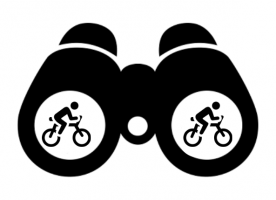
A feasibility study for a section between "Gleisdreieck Park to Oberbaumbrücke". Another detailed potential study by Reallabor Radbahn and external parties. Finally, construction of a 200 m long test field for Berliners in the summer of 2022.

